Unveiling the Secrets: How to Tell Real vs. Fake Pearls

Distinguishing between real and fake pearls is paramount to seasoned pearl enthusiasts and those new to fine jewelry.
With their timeless allure and rich historical significance, pearls have captivated humanity for centuries.
However, in a market flooded with imitations, unravelling the secrets behind differentiating genuine pearls from their counterfeit counterparts becomes crucial.
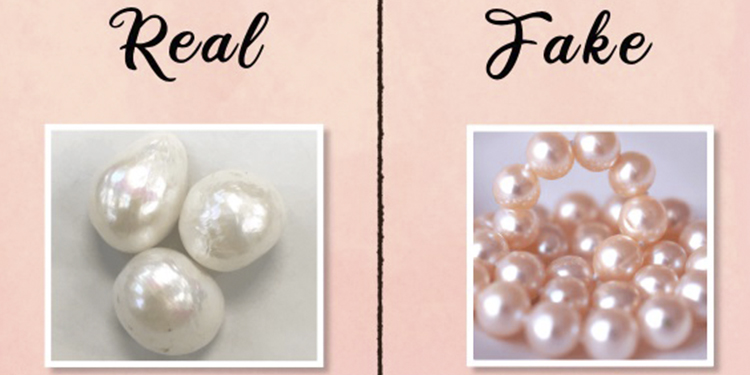
From understanding the unique characteristics of genuine pearls to examining various testing methods, this article will equip readers with the expertise to navigate the pearl market confidently and accurately.
Understanding Pearls
Real pearls come in various types, each with distinct characteristics—natural pearls, once rare and highly coveted, form without human intervention.
Cultured pearls, however, are intentionally grown with human assistance.
Freshwater pearls originate in rivers and lakes, while saltwater pearls are found in oceans.
Understanding the pearl formation process is essential in discerning their authenticity regardless of their origin.
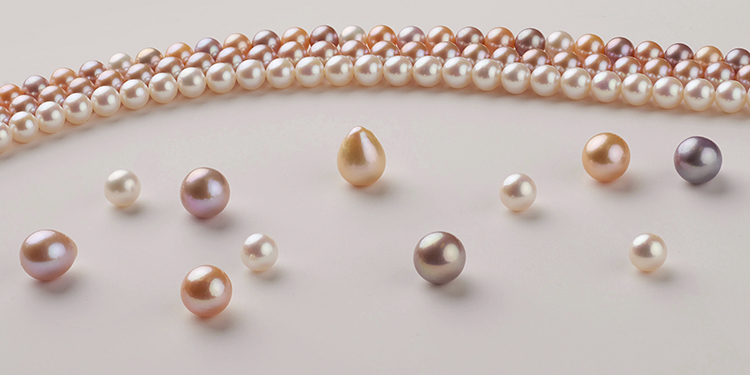
Identifying real pearls involves examining specific traits. Luster and shine, a hallmark of genuine pearls, result from light reflecting off their layers of nacre.
Surface imperfections, such as bumps or irregularities, are typical signs of authenticity.
By grasping these distinguishing features, one can unravel the mystery and appreciate the exquisite beauty of genuine pearls.
Differentiating Fake Pearls
Fake pearls come in various forms, each with its manufacturing process. Imitation pearls are typically made from materials like glass or plastic, designed to mimic the appearance of genuine pearls.
On the other hand, synthetic pearls are created in a laboratory using materials that simulate the properties of real pearls.
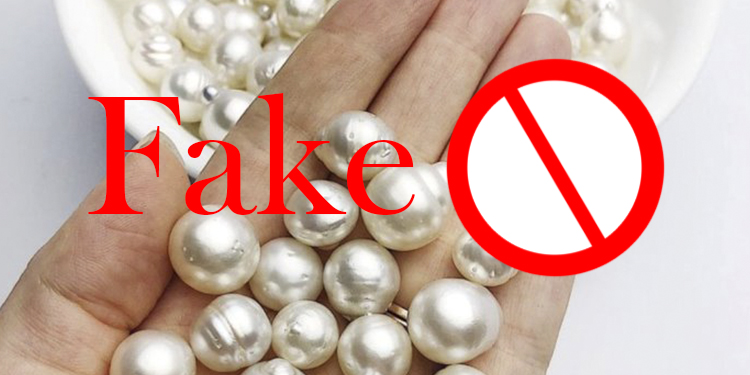
Recognize the telltale signs of fake pearls. These include uniformity in size and shape, as genuine pearls exhibit slight variations.
Fake pearls often lack the natural flaws found in real pearls, which are a testament to their organic origin.
By understanding these distinguishing factors, one can confidently navigate the pearl market and steer clear of fake pearls, ensuring their jewelry collection boasts genuine pearls' elegance.
Examining Pearl Types and Colors
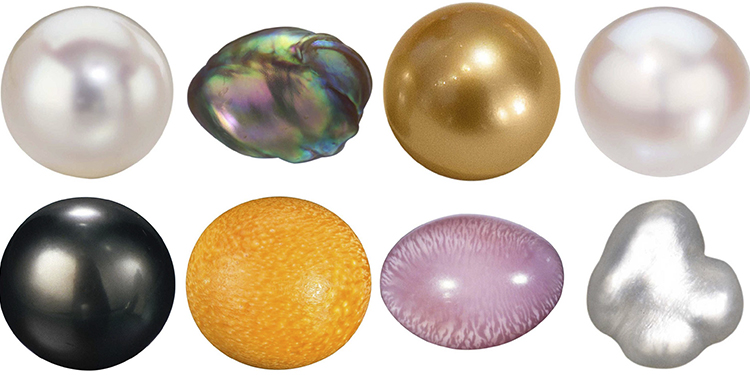
Popular Types of Pearls and Their Unique Features
1.Akoya pearls: Known for exceptional luster and perfectly round shapes, they are primarily cultivated in Japan.
2.Tahitian pearls: Captivate with intriguing dark hues and stunning overtones from French Polynesia.
3.South Sea pearls: Dazzle with impressive size and rich, creamy tones sourced from Australia, the Philippines, and Indonesia.
4.Freshwater pearls: Offer a diverse range of shapes and colors, cultivated in freshwater bodies.
Variety of Pearl Colors and Their Significance
1.Classic white: Exude elegance and timelessness, complementing any attire.
2.Exquisite pastels: Including blush pink and lavender, add a delicate touch of femininity.
3.Rare black and gold tones: Create a sense of luxury and allure, standing out with their unique and captivating appeal.
Exploring these pearl types and colors allows for an appreciation of their diversity and beauty, providing endless possibilities for personal style and self-expression.
Assessing Pearl Sizes and Shapes
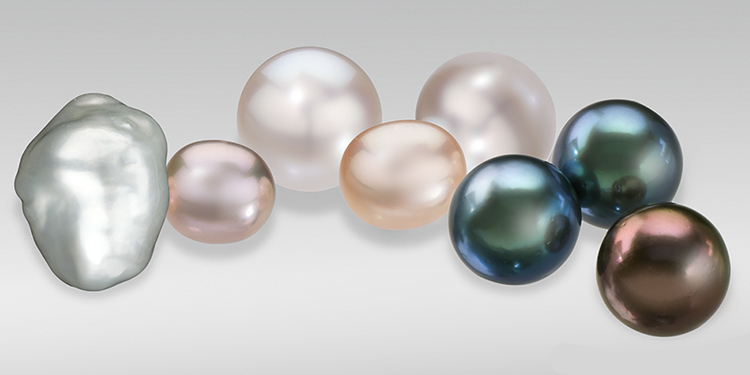
Pearls come in various sizes and shapes, each offering its distinctive allure.
Understanding how to assess pearl sizes and shapes can enhance one's appreciation for versatility and elegance.
Common Pearl Sizes and Their Applications
1.Small pearls (2-7mm): Delicate and dainty, these pearls are often used in necklaces, bracelets, and earrings, creating a subtle and feminine look.
2.Medium-sized pearls (8-9mm): Versatile and classic, they are suitable for a wide range of jewelry designs, adding a touch of sophistication.
3.Large pearls (10mm and above): Bold and eye-catching, these pearls make a statement, often featured in statement necklaces or elaborate pieces.
Different Pearl Shapes and Their Appeal
1.Round pearls: The epitome of classic elegance, round pearls are prized for their symmetry and uniformity, making them highly sought after for formal occasions and timeless jewelry designs.
2.Baroque pearls: Irregular in shape, these pearls showcase unique and organic forms, adding an artistic and contemporary flair to jewelry pieces.
3.Teardrop pearls: Also known as pear-shaped pearls, they offer a graceful and elegant silhouette, often used in pendants and earrings to create a sense of refined beauty.
4.Button pearls: With a flattened shape, button pearls are versatile and well-suited for casual and formal jewelry designs, providing a contemporary and stylish aesthetic.
By assessing pearl sizes and shapes, one can select pearls that best suit their style and desired jewelry outcome, creating exquisite and individualized pieces that reflect both versatility and elegance.
Testing Pearl Authenticity
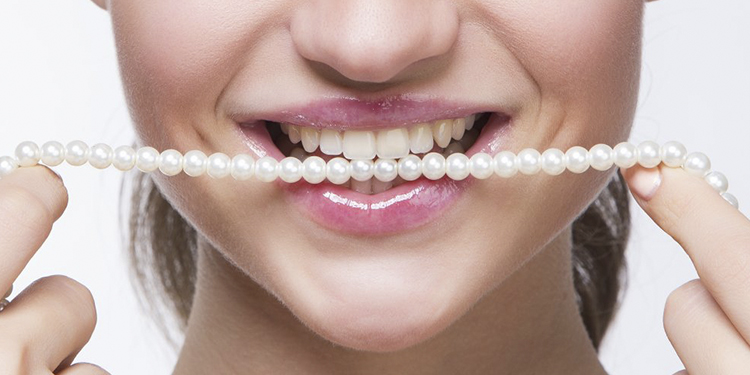
Ensuring the authenticity of pearls is paramount when making a purchase.
Fortunately, several testing methods can help determine if a pearl is genuine or fake.
1.The Tooth Test:
Gently rubbing the pearl against the edge of your front teeth can provide valuable insights.
Real pearls feel slightly gritty due to their layered nacre, whereas fake pearls tend to glide smoothly.
However, this test has limitations as it requires prior knowledge and experience.
2.Rubbing Pearls:
Rubbing two pearls together can reveal fake coatings.
Genuine pearls display a fine powder or flaky substance due to their natural layers, while fake pearls exhibit a smooth and uniform surface.
3.Weight and Temperature Examination:
Real pearls have a solid weight and feel cool when first picked up.
Fake pearls, often made of lightweight materials, may feel unnaturally light and remain at room temperature.
4.X-ray and Ultrasound Methods:
These advanced techniques can provide conclusive results by examining the internal structure of the pearls.
X-rays reveal the presence of a nucleus (in cultured pearls) or irregularities (in natural pearls), while ultrasound can detect inconsistencies in the layers.
By employing these testing methods, individuals can gain confidence in their pearl purchases, ensuring they acquire genuine pearls of exceptional quality and value.
Selecting the Perfect Pearls
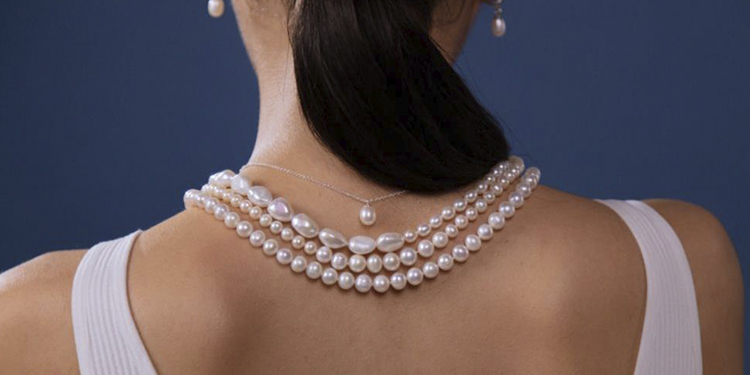
Choosing the ideal pearls involves considering various factors to ensure a perfect match for every occasion and personal style.
1.Identifying the Occasion and Purpose:
Consider the event or purpose for wearing pearls.
Classic round pearls in white or cream shades are timeless for formal occasions.
Choose freshwater pearls or baroque pearls that exude a more relaxed and contemporary vibe for casual settings.
2.Matching Pearls to Skin Tones and Outfits:
Pearls can beautifully complement different skin tones and outfits.
Fair skin tones harmonize with creamy white or rosy pearls, while golden or champagne-toned pearls can enhance warmer skin tones.
Vibrant black pearls or pastel hues can enrich darker complexions.
Additionally, consider the color and style of the outfit to ensure a cohesive and stylish ensemble.
3.Customization Options for Unique Pearl Jewelry:
Personalize your pearl jewelry by exploring customization options.
Mix and match pearl sizes, shapes, and colors to create unique combinations that reflect your individuality.
Experiment with different lengths and styles of necklaces, earrings, and bracelets to create a bespoke set that perfectly complements your features and personal taste.
Summary

This article has explored the secrets behind distinguishing real vs. fake pearls, understanding pearl types and colors, assessing sizes and shapes, and testing authenticity.
It emphasized the significance of authenticity in the pearl market and the appreciation for the diverse beauty of pearls.
By equipping readers with knowledge about pearls' characteristics and testing methods, they can confidently navigate the market, make informed choices, and truly cherish the elegance and allure of genuine pearls.
FAQs About Real and Fake Pearls

What are the most common fake pearls on the market?
The most common fake pearls in the market include imitation pearls, typically made from materials like glass or plastic, and synthetic pearls, created in laboratories using materials that mimic the properties of real pearls.
Can fake pearls have a similar luster as real pearls?
Fake pearls can imitate the luster of real pearls to some extent, but they usually lack the depth and radiance found in genuine pearls. Real pearls possess a unique luster that reflects light and gives them a captivating glow.
Do real pearls always have a perfectly spherical shape?
No, real pearls do not always have a perfectly spherical shape. While round pearls are highly valued and sought after, pearls can also come in various shapes, including baroque, teardrop, and button shapes, adding uniqueness and versatility to their allure.
Are there any safe home tests to determine real pearls?
While there are popular home tests, such as the tooth test or rubbing pearls together, they have limitations and may not provide definitive results.
For accurate determination, it is recommended to consult with a professional jeweler or use advanced testing methods like X-ray or ultrasound.
How can I ensure the authenticity of a pearl seller?
To ensure the authenticity of a pearl seller, consider the following steps:
1.Research the seller's reputation and customer reviews.
2.Look for certifications or affiliations with reputable pearl organizations.
3.Request information about the pearls' origin and authenticity guarantees.
4.Verify their return policy and customer support.


Leave a Comment